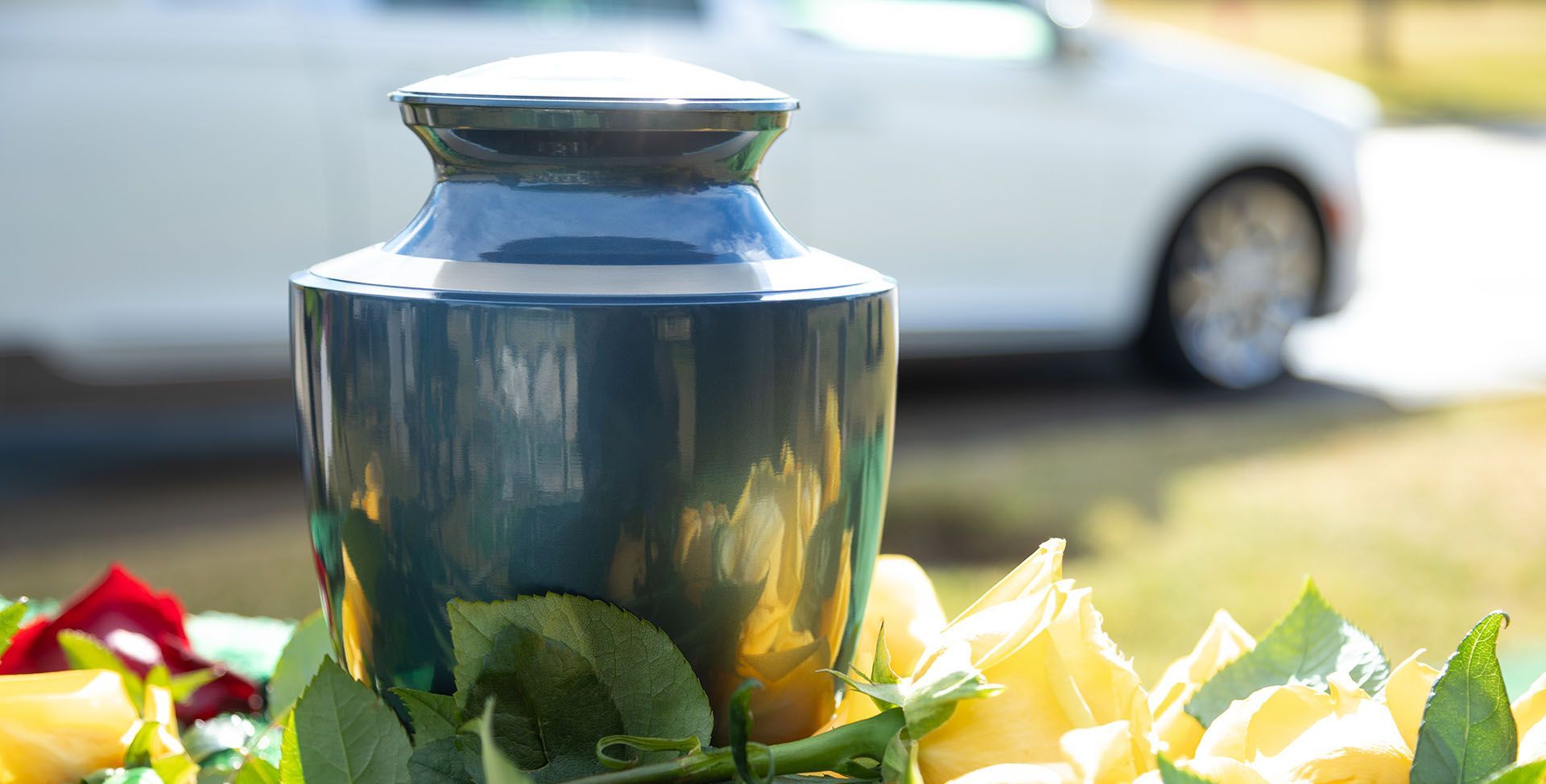Get in touch
Need Immediate Assistance? Call 24/7 (269) 400-1119
Green burial versus cremation
Green Burial vs. Cremation: Choosing an Eco-friendly Farewell
In recent years, the conversation around end-of-life options has expanded beyond traditional burials and cremations to include more environmentally friendly choices. Among these, green burials and cremations stand out as popular alternatives for those looking to leave a lighter footprint on the earth. This blog post explores the differences between these two eco-conscious end-of-life practices, helping you decide which aligns best with your values and environmental concerns.

What is Green Burial?
Green burial, also known as natural or eco-burial, is a method of laying the deceased to rest in a way that allows the body to decompose naturally and contribute to the environment. This process skips the use of chemical preservatives like formaldehyde-based embalming fluids, metal caskets, and concrete vaults. Instead, the body is placed in a biodegradable coffin or shroud and buried in a natural setting where it can decompose and return nutrients to the soil.
Key Features of Green Burial:
Use of biodegradable materials: Bodies are often wrapped in simple shrouds or placed in caskets made from materials like bamboo, wicker, or sustainably harvested wood.
No embalming fluids: Chemicals are avoided to allow natural decomposition.
Natural settings: Burials usually occur in a woodland or meadow, often part of a protected green cemetery.
What is Cremation?
Cremation involves the reduction of the body to ashes using high-temperature burning. Traditionally, this process has been seen as less resource-intensive than conventional burials, as it does not involve land use or the materials typically used in burials. However, cremation is not without environmental impacts, primarily due to the energy consumed in the process and the emissions of carbon dioxide and other pollutants.
Key Features of Cremation:
Efficiency: The process is quick, typically lasting just a few hours.
Flexibility: Ashes can be kept, scattered, or buried in a small plot, offering various memorial options.
Lower space requirement: Cremation does not require as much physical space as a traditional burial.
Environmental Impact
The choice between green burial and cremation often hinges on their respective environmental impacts:
- Land use: Green burials are beneficial as they contribute to the creation or preservation of natural habitats. Conversely, cremations require less land if ashes are not buried.
- Emissions: Cremation generates significant greenhouse gases and other pollutants. Green burials produce no such emissions, as the body decomposes naturally.
- Resource use: Green burials avoid the use of non-renewable materials required for traditional caskets and vaults. Cremations still require resources for the urn and the energy-intensive burning process.
Personal Considerations
Choosing between green burial and cremation may also depend on personal and cultural preferences. Some may prefer the idea of returning to the earth and aiding in the growth of new life, as provided by a green burial. Others might value the simplicity and cleanliness of cremation, or have religious and cultural reasons for preferring one over the other.
Both green burials and cremations offer more sustainable alternatives to traditional burial practices, each with its unique benefits and considerations. If your priority is to minimize your environmental impact, a green burial might be the right choice for you. However, if you prefer a method that is efficient and flexible with a smaller land footprint, cremation could be more suitable. Ultimately, the decision is deeply personal and should align with your ecological values and life philosophy.
In making your choice, consider consulting with family and seeking advice from professionals in eco-friendly funeral services to ensure that your final farewell aligns with your environmental ethos and personal wishes.






Stay connected to the community
Subscribe to obituary notifications
Please wait
Verifying your email address
Please wait
Unsubscribing your email address
You have been unsubscribed
You will no longer receive messages from our email mailing list.
You have been subscribed
Your email address has successfully been added to our mailing list.
Something went wrong
There was an error verifying your email address. Please try again later, or re-subscribe.
Need assistance? Get in touch with us



